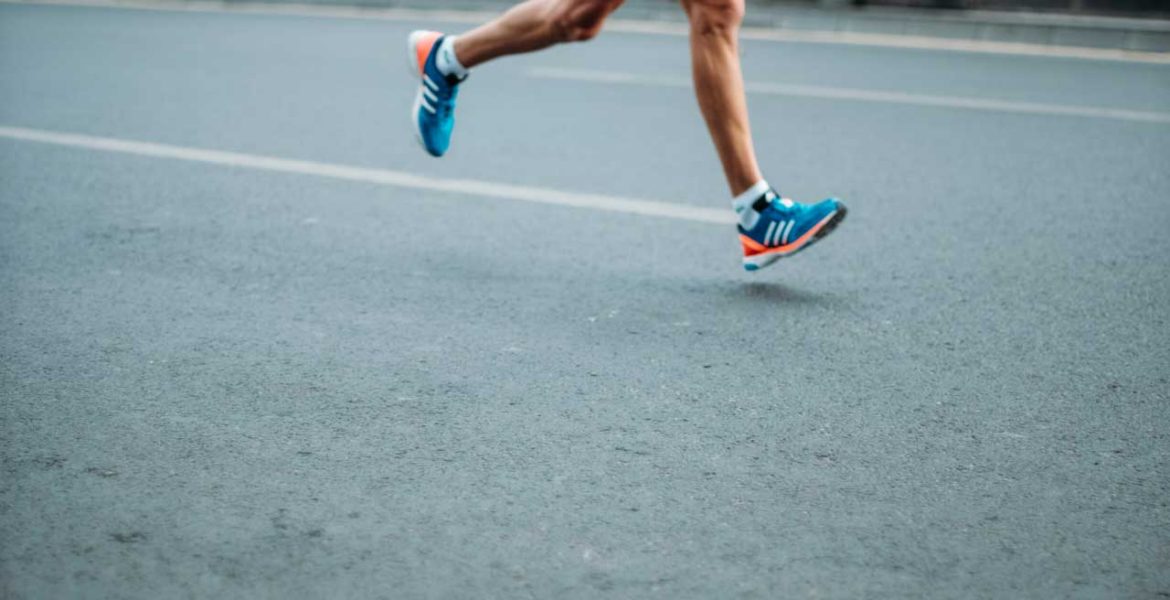There’s so much noise in the industry right now. Conversations about delivering work, cutting ad spend, and the overall role of advertising during a pandemic have consumed the entire space. Dynamics and expectations are changing every day, and it will be a while before we can say with some certainty which actions, campaigns, and messaging were effective – and which were futile.
Whether it be in a few months or even in a few years, we will objectively look back at the marketing during this crisis and realize that most brands made little, if any, progress. It will be clear those brands that were true to their purpose, which brands got the message out the door appropriately and timely, and those brands that linked the message to their product offering – the criteria for determining success during this time.
Get Your Message Out Early
At the start of April, VW ended a celebrity-driven campaign in favor of a new program called “Community Driven Promise,” which offered buyers some financial relief during the coronavirus outbreak. VW was both early and clear in their efforts. Many brands would soon follow suit, but with less successful iterations. For example, just one week later, Uber released a TV ad thanking folks for not riding in Ubers, while most people had already given up the luxury of the shared ride service on their own by that point. That marked the ‘jumping the shark’ COVID-19 moment in our industry. Ever since 95% of brands have built reactive strategies that involve repeating the same thing.
Brands and agencies were teetering on whether or not to fight through the storm and deliver quality creative. In this instant, VW pulled the trigger quickly to benefit users and consumers, careful not to cross the line of self-promotion.
Know Your Brand’s Purpose
Good COVID-19 marketing should make us think: “Clever, in-sync with the brand, I want to buy the product and support the brand.” The feeling of wanting to purchase a product is why we’re all here and it remains an easy, concrete measurement to determine progress, especially at this time.
Heineken launched a global campaign that allows people to buy a beer at a website to drink later at their favorite bar in support of the local business. To go the extra mile, Heineken will also match each purchase with a donation to that bar. This campaign feels like Heineken, a simple glance at their website shows that Heineken strives to “develop successful brands that people trust, [they] aim to make a positive contribution to the environment, local communities, and society.” The brand was able to adjust to the new norms, create positive sentiment and motivation for consumers, and help those currently in need – all while remaining true to that brand ethos.
Another example is Dove quickly updating their Real Beauty campaign to feature healthcare workers. This campaign also feels like Dove, by saluting those most affected and highlighting the individuals on the frontlines, they once again shine their spotlight on the people that deserve recognition. The tagline “Courage is Beautiful,” perfectly aligns with its vision of ‘a world where beauty is a source of confidence, not anxiety.”
Link the Message to the Product Promise
This is where anxiety about selfishness and tone becomes highly apparent. How can your product promise help consumers right now, and what is the best way to convey your brand’s capabilities?
West Elm’s downloadable Zoom backgrounds of rooms from their catalogs, decked out in West Elm furniture, are perhaps more light-hearted than the previous campaigns mentioned here, but it feels like West Elm and is a natural response for them to have in the face of our new virtual work-life.
Calm also began offering free meditations on Instagram, opening an entire section of the website for free meditation/relaxation resources when peoples’ anxieties are high. Many people are concerned about their mental health considering many of the daily rituals and health practices that we rely on to stay mentally healthy are currently on hold. Calm, which has the experts, the platform, and the reputation to back up their offering, put their hat in the ring with actions that again, feels like Calm.
When we get on the other side of this crisis, marketers will question the ROI of the millions spent on donations and free meals. Don’t get me wrong – for the society I totally support the gestures. But from a brand-building POV some of those efforts could have been better focused, and if they had been, the resulting halo of good would have been more meaningful and enduring.
It’s easy to confuse marketing activity with marketing progress – but they are indeed very different things. One moves hearts and products. The other feels indistinguishably nice for a second. And then it is forgotten.
The best brand gestures not only lift one’s spirits – they lift sales.

